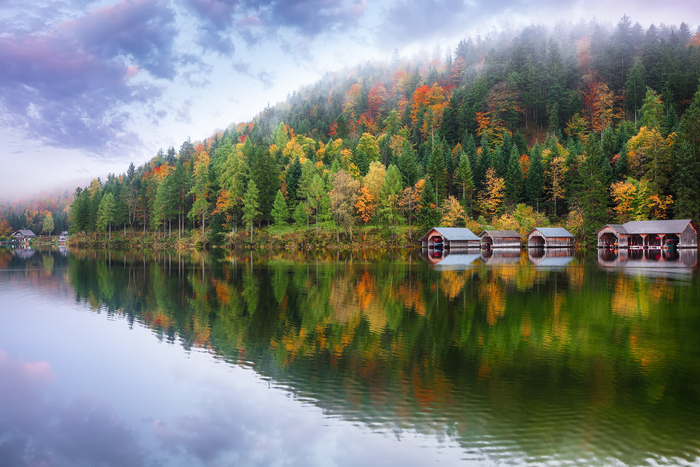The country’s climate is temperate mainland, cloudy, and quite humid, with an average temperature of +9.8 °C. The main feature is the significant differences in the weather on the plains and in the mountains. Summers are predominantly warm or cool, with frequent showers and air of +20…+25°С. The maximum marks of the thermometer do not exceed +36 °C.
The eastern parts have steppe climatic conditions, with low rainfall, scorching summers, and frosty winters.
There is a lot of fallout in the Alpine region (except for the intermountain plains). Summer is shorter and winter is longer.
In other areas, the weather terms are influenced by Atlantic air (in the west) and mainland (in the southeast).

What is unique about the Austrian summer?
Summer in Austria is not hot and longer than in other EU countries. At an altitude of 600-900 m above sea level, where the lakes are located, there is no sweltering heat and a fiesta traditional for the Mediterranean. Therefore, people do not need to hide in the afternoon in the shade under the air conditioners, they can spend the whole day in the fresh air.
On a summer trip around Austria, you will need not only light things. A cape will protect against temperature changes in air-conditioned rooms and related colds, and a windbreaker will protect against bad weather.
The water in the lakes warms up to +27 °С in summer. At the same time, it can be below zero, damp, and windy, with sleet in the highlands. Most of falls in summer: in the east – 600 mm per year, in the west – 2000 mm.
Winter – light frost and a lot of snow
Winter in Austria is mild: with a heat of about +2 ° C and rain in the lowlands, with heavy and frequent snowfalls and -2 ° C in the ski valleys. High in the Austrian Alps, snow cover lasts up to eight months of the year. At the same time, the rise for every 100 m reduces the air temperature by 0.5 °C
. Winter (ski season) – from late November to mid-April, with a peak at Christmas.
